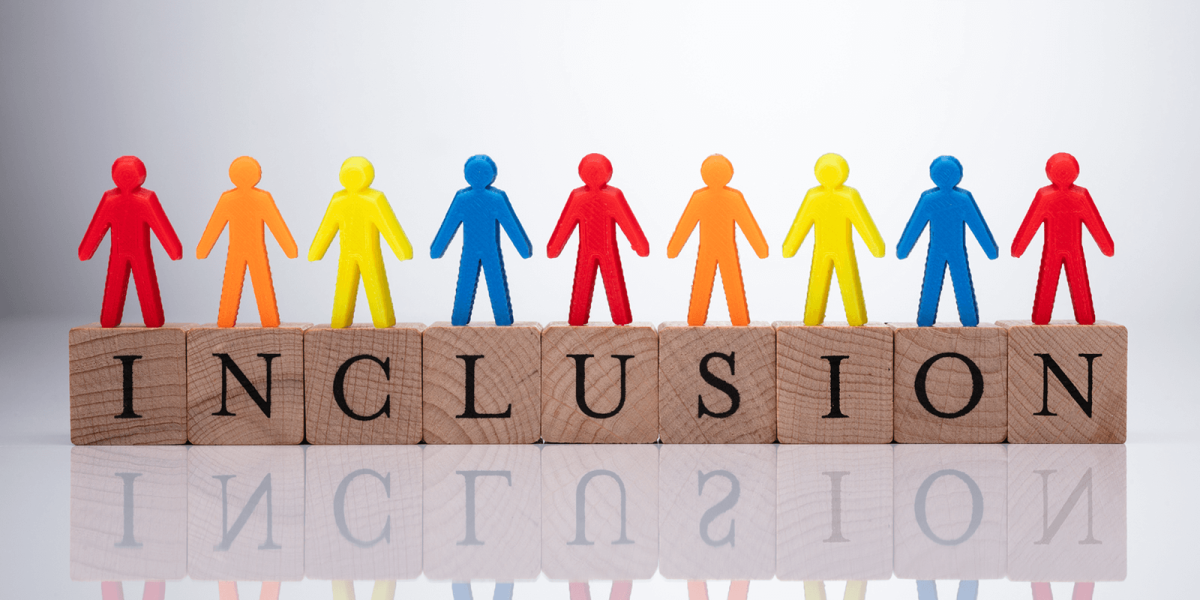How Can We Ensure Proper Digital Financial Inclusion During the Coronavirus (Covid-19) Pandemic?

What is digital financial inclusion and of what importance is it?
The Coronavirus pandemic could be the much-needed wake-up call for all of us to strengthen our digital financial services. Now more than ever digital financial services are in great demand mostly because of lockdown and social distancing issues brought about by the coronavirus (COVID-19) pandemic. Small firms and low-income households can profit greatly from advances in fintech services, online banking, and mobile money.
Financial inclusion resulting from digital financial services will also foster economic growth. While COVID--19 is set to necessitate the use of such facilities, it has also created challenges for the development of the smaller players and highlighted the inequality in access to digital infrastructure. Various actions will have to be taken to promote maximum inclusivity going forward.
Small firms and low-income households can profit greatly from advances in fintech services, online banking, and mobile money.
Digital financial services were already assisting countries to promote financial inclusion before COVID-19 began, benefiting many small firms and low-income households that often had little access to conventional financial institutions. Social distancing and lockdowns are fast-tracking the utilization of digital financial services, the same way the SARS epidemic of 2003 accelerated China’s launch of e-commerce and digital payments.
Many countries like Ghana, Kenya, Liberia, Kuwait, Myanmar, Portugal, and Paraguay are already supporting this change with incentives like lowering tariffs and increasing digital transaction limits on mobile money transfers.

Asia and Africa lead the way.
A new study conducted by the World Bank introduced an index to measure digital financial inclusion in 52 developing and emerging market economies. They found that digitalization improved financial inclusion between the years of 2014 and 2017, even in situations where financial inclusion through conventional banking services was on the decline. This’s likely to have increased since then.
Asia and Africa lead the way in digital financial inclusivity, but with great variation across different countries. In Africa, for instance, Kenya, Uganda, and Ghana are in the front run. In comparison, Latin America and the Middle East tend to utilize such services more moderately.
In other countries, digital payment services have evolved to incorporate digital lending, as digital companies gather users’ data and come up with new ways to use such data to analyze the creditworthiness of their customers. Marketplace lending platforms that use digital facilities to connect borrowers to lenders doubled in value between 2015 and 2017. While mostly concentrated in the United Kingdom, the United States, and China, it appears to be flourishing in other countries like India and Kenya.
Advantages beyond financial exclusivity.
Financial inclusion benefits societies and economies as a whole. Studies have shown that extending conventional financial services to small firms and low-income households goes in tandem with a reduction in income inequality and an increasing economic growth. Other studies have also revealed that digital financial inclusion has an association with the growth of GDP.
During the Coronavirus lockdowns, electronic financial services have enabled governments to offer secure and quick financial assistance to “hard-to-reach” businesses and households, as highlighted in Peru, Zambia, Uganda, and Namibia. This will help reduce the economic fallout and also strengthen the recovery post Coronavirus

The task ahead/Way forward.
What is the way forward? what can governments do to ensure better financial inclusion among all its citizens?
Tapping into the potential of electronic financial services will require the implementation of various policies by all countries. Equal access to relevant infrastructure like mobile and internet coverage, electricity; and greater digital and financial literacy are necessary for greater inclusive recovery.
At the same time, it’s vital to ensure that the digital landscape remains competitive to exploit the most gains from such facilities. The Coronavirus pandemic has presented possible benefits for the digital sector but also poses some challenges for small scale fintech companies: rising non-performing loans, tightening of funding, credit demand, and decline in transactions.
The Coronavirus pandemic has shown that the digitalization of financial facilities is here to stay. Addressing rising inequalities and building inclusive societies during and after COVID-19, will require governments to bridge the digital divide in order to reap the benefits associated with digital financial services. This involves finding the perfect balance between addressing potential risks and enabling financial innovation.








